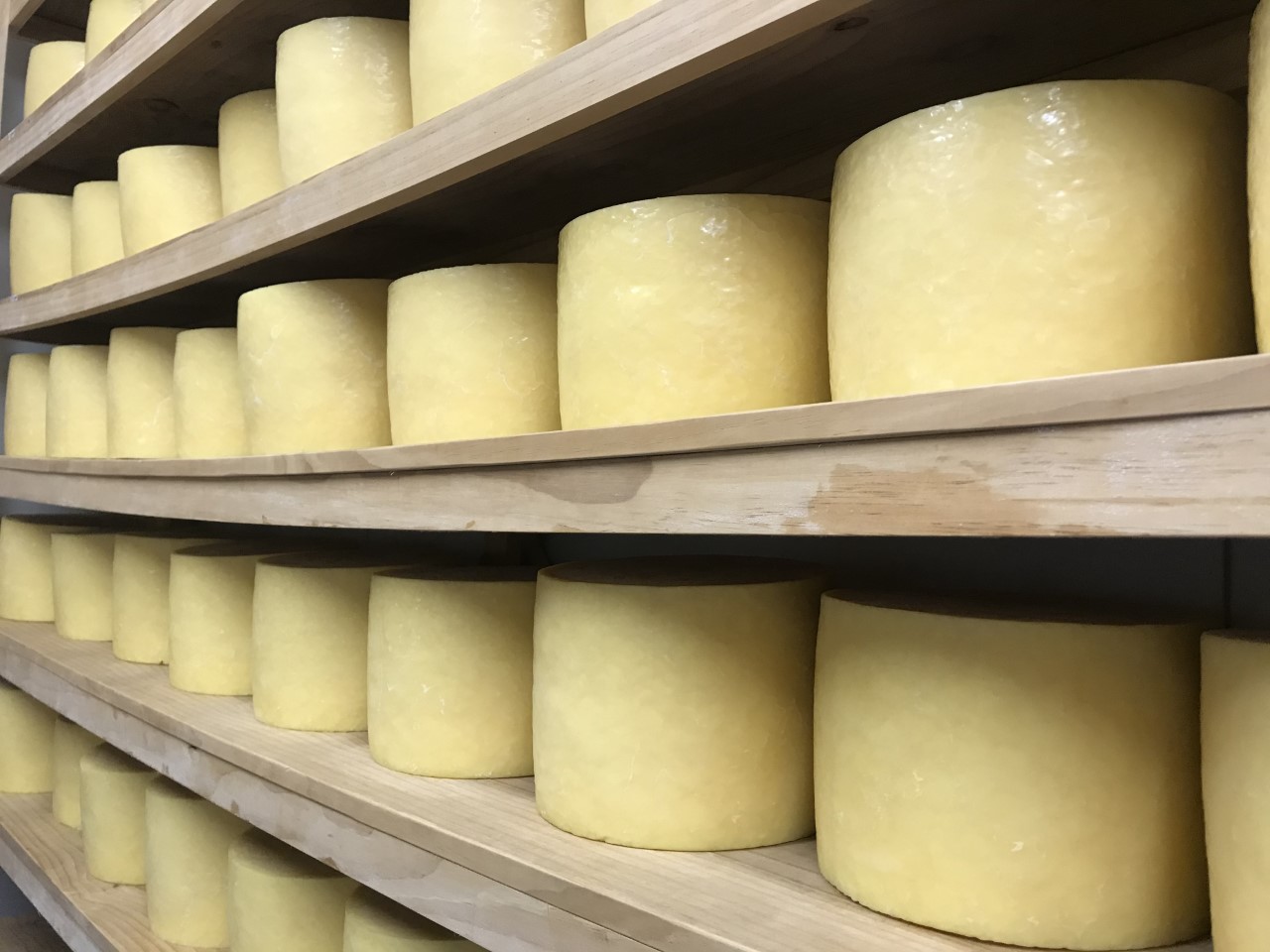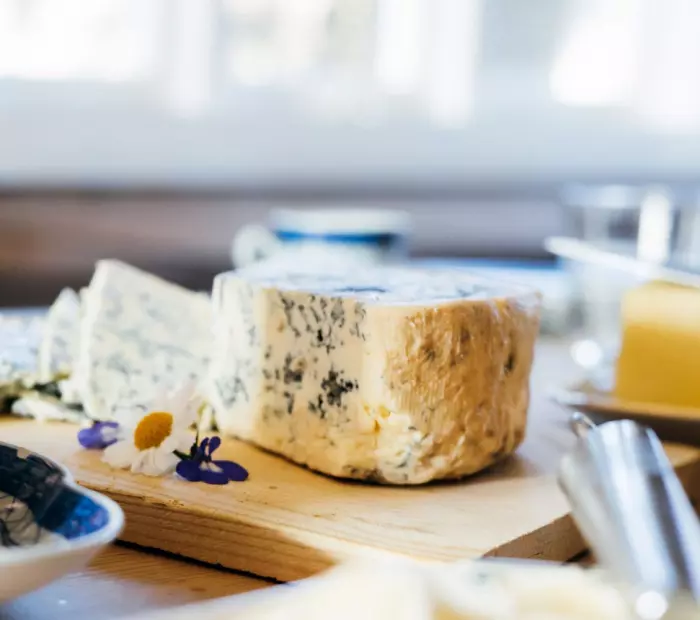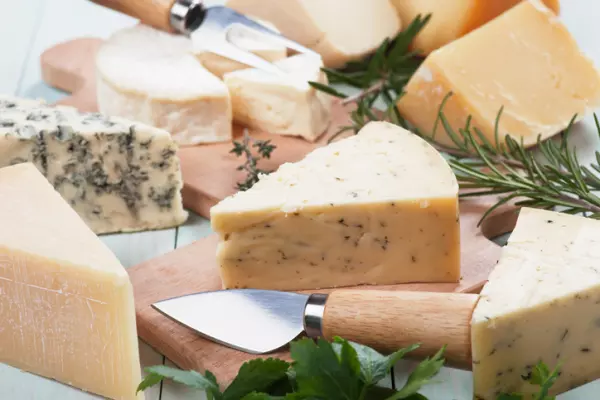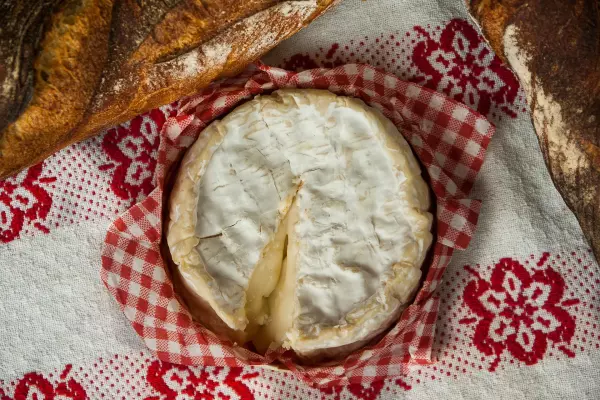We New Zealanders think we are big cheese eaters, but the French consume nearly 24kg per person each year compared with our rather measly 5kg. That’s probably because the French, from the ordinary man and woman in the street to the President in the Élysée Palace, believe cheese, like wine, is a magnificent gift and an integral part of their daily cuisine. New Zealanders, in contrast, regard it more as a commodity, like butter or bread, to be grilled, grated, or eaten in a sandwich.
So, while our winemakers watch with cautious optimism as our average annual consumption slowly climbs from 18 litres per person towards the 43 litres of the French, our artisan cheesemakers struggle. Theirs are not lesser cheeses or commodities, they are in fact the product of ingenuity and passion, crafted with milk from the makers’ own herds into myriad textures, shapes and sizes, eclectic colours and tastes as complex and diverse as wine.
So here are five things you need to know to kick off Cheese 101 and set you on the path to becoming a cheese connoisseur, or turophile, willing to seek out some of the lesser-known gems made around the country.
 Nieuwenhuis Farmstead Oma Goat's Cheese
Nieuwenhuis Farmstead Oma Goat's CheeseHow do you recognise a good cheese?
To begin, you need to learn the characteristics of the seven key types of cheeses – fresh; aged; soft white rind; semi-soft; hard; blue; and flavour added. Then you can start your journey to becoming a ‘grand fromage’ or ‘big cheese’, a term that originally referred to those wealthy enough to purchase a whole wheel of cheese.
How do I store cheese?
Once you have opened your cheese, transfer it to a ziplock bag or put it in greaseproof paper or a beeswax wrap, then store it, with other cheeses, in a sealed plastic box in the fridge. Blue and soft white cheeses have beautiful, elegant moulds but they are virulent and try to spread themselves around. To control this invasive behaviour, keep these in separate boxes.
What is a raw-milk cheese, and is it dangerous?
All Europe’s iconic, traditional cheeses were made with unpasteurised or raw milk, and most still are. Pasteurising (cooking) was introduced for milk that had to travel or be combined with milk from other farms. This kills any bad bacteria that may be present. But it also kills millions of good, healthy microbes that make the texture and flavour unique. Scientists have created elements that cheesemakers can add back in, but they can never quite replicate the extraordinary, complex cocktail created by Mother Nature.
If you want to taste the difference, order some raw-milk cheddar from Mount Eliza in Katikati and try it alongside a ‘tasty’ cheese (it’s a cheddar, even if it doesn’t always say so on the label).
 Mount Eliza raw milk cheddar
Mount Eliza raw milk cheddarHow do I serve cheese?
Always serve cheese at room temperature, not straight from the fridge. Offer at least three different types of cheese and at least one made with goat or sheep milk. Don’t overload the cheeseboard, and leave room to cut each cheese easily, providing a knife for each. Never serve cheese as a starter or after pudding, please. I’ll explain the rest later – in Cheese 201!
Do all goat cheeses taste like they’re from the Billy Goats Gruff on a bad day?
No, in fact only one of the seven types smells or even hints of the Billy Goats Gruff. Goat cheese may not be love at first bite, but think back to your first experience of anchovies or olives: that didn’t put you off fish or fruit for life, did it? So, give your taste buds a serious talking to and try one of these elegant, aromatic, hard goat cheeses: Goat Gouda from Mercer Cheese; Oma from Nieuwenhuis Farmstead Cheese; or Mount Cawte from Cranky Goat.
Juliet Harbutt is a Cheese Master and founder of Hunter Gatherer Tours in Hawke’s Bay.
Cheese questions welcome. www.thecheeseweb.com













